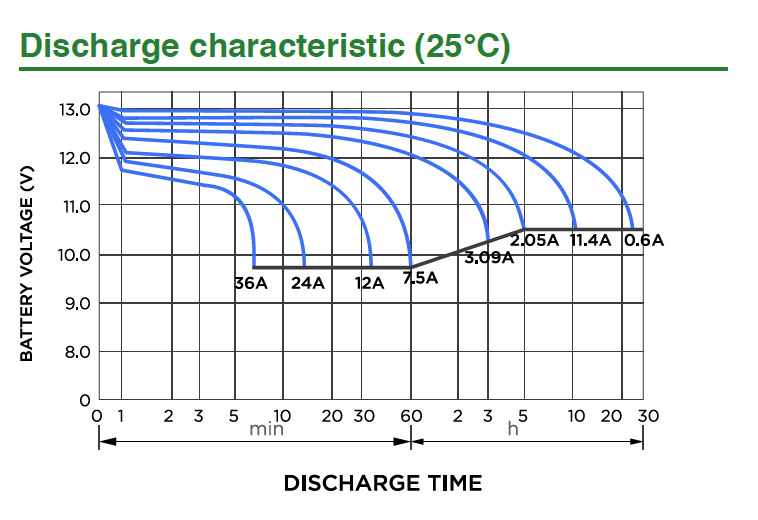The difference between the 10-hour rate and the 20-hour rate of lead-acid batteries primarily lies in the discharge time.
- 10-hour rate: This refers to the rate at which a lead-acid battery is discharged over a period of 10 hours. It is typically expressed in terms of the current (in amperes) that the battery can continuously deliver for 10 hours before reaching its specified endpoint voltage.
- 20-hour rate: Similarly, this rate indicates the discharge time of the battery over a 20-hour period. It represents the current that the battery can continuously deliver for 20 hours before reaching its specified endpoint voltage.
The main difference, therefore, is in the duration of the discharge. A battery rated at the 10-hour rate might deliver more current over a shorter period compared to the same battery rated at the 20-hour rate, which would deliver less current but over a longer period.
This distinction is important because it reflects how batteries are designed to provide power over different durations, catering to various applications and requirements.


